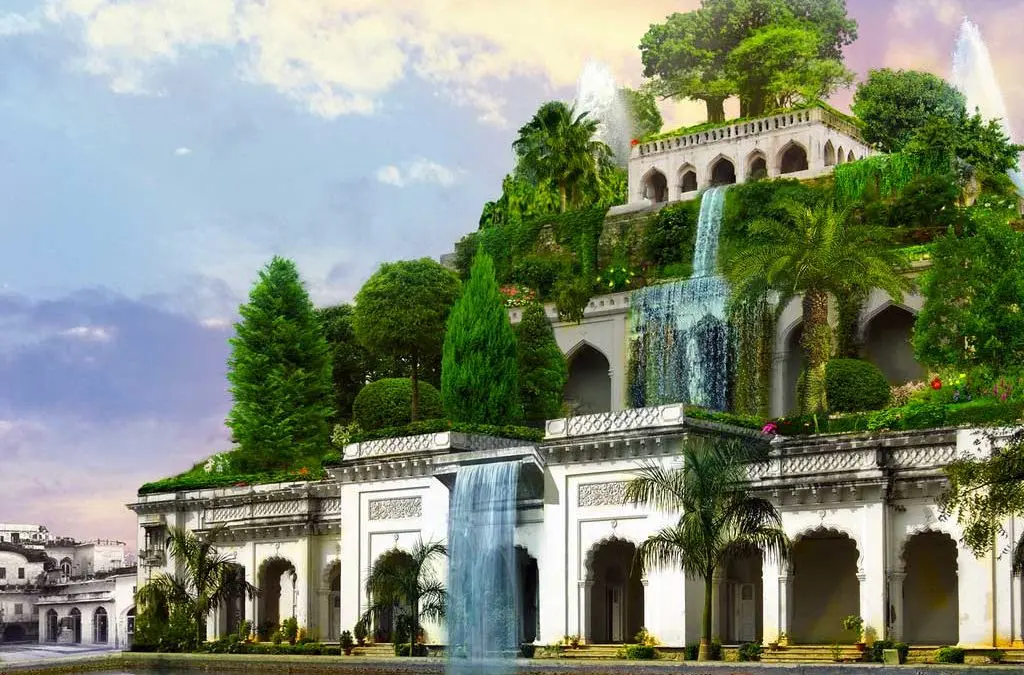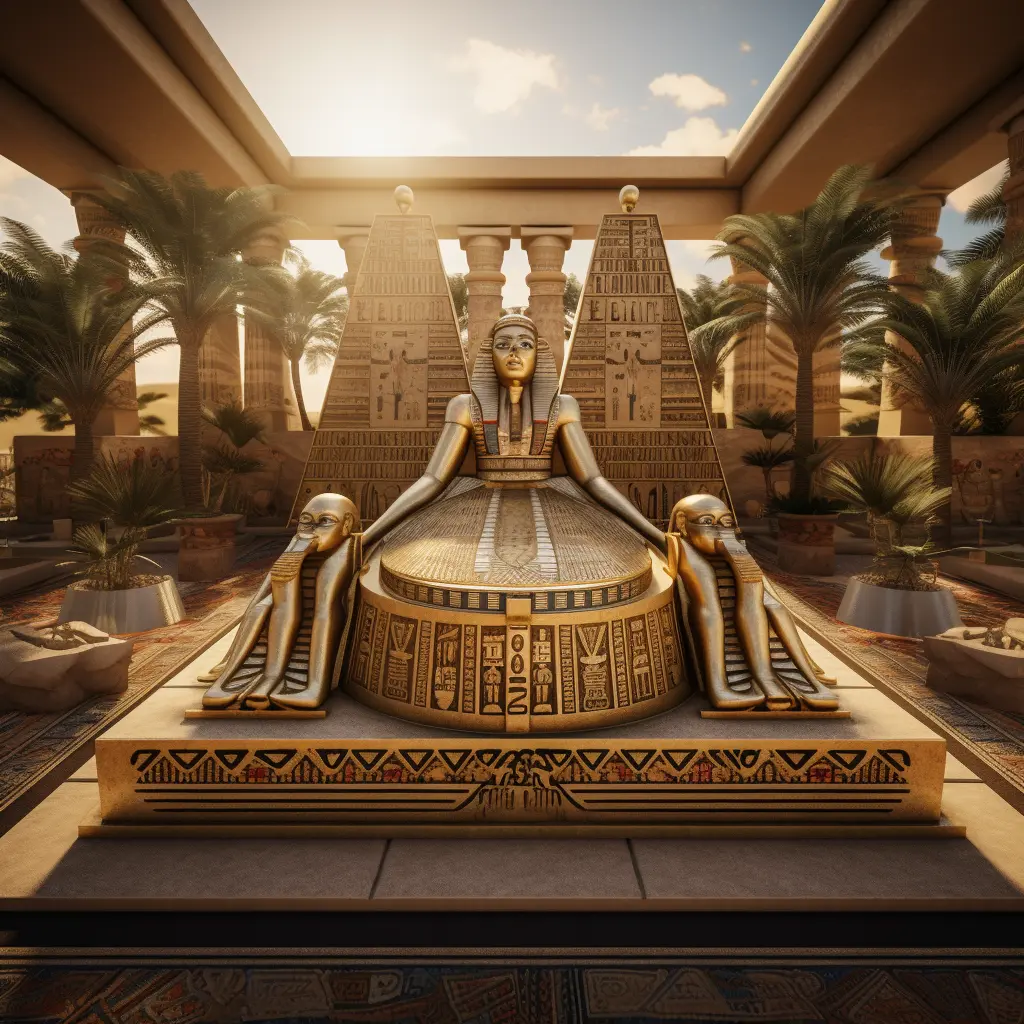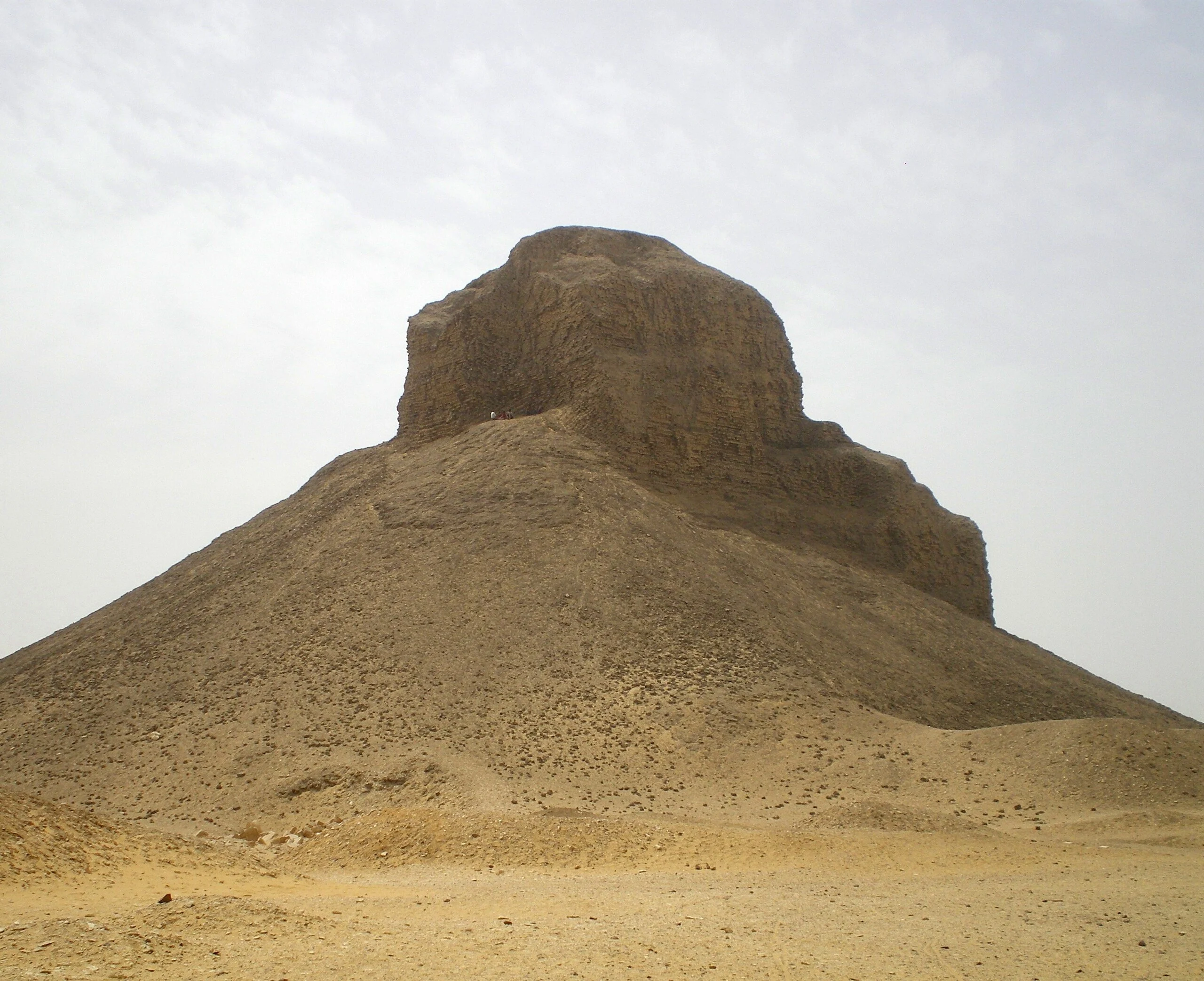
Introduction
Blog Purpose
In this introductory section, we’re laying the groundwork to shed light on the fascinating technology behind the awe-inspiring Hanging Gardens. Our aim is to delve into historical accounts, architectural studies, and botanical sciences, providing readers with a comprehensive understanding of this ancient marvel’s intricate design, engineering, and maintenance systems.
Brief Overview of Hanging Gardens
The Hanging Gardens, one of the Seven Wonders of the Ancient World, were a spectacular feat of engineering. Lush greenery and exotic flowers sat against a backdrop of vast stone terraces. Built around 600 BC, it is a testament to the advanced irrigation systems of the Babylonians, utilizing critical technological innovations of the time.
The Mystique of the Hanging Gardens
Historical Significance
The legendary Hanging Gardens, often described as one of the Seven Wonders of the Ancient World, were renowned for their innovative irrigation systems. The marvelous feat of engineering symbolized the advanced technology of the time. Particularly, it’s believed that the Babylonians developed an intricate pump system, something akin to an Archimedes screw, to carry water from the Euphrates River up to the high terraces. They employed techniques that showcased the advancement in the understanding of hydraulic engineering and horticulture. Thus, the gardens represented a significant technological leap, transversing beyond just aesthetics to embody the cutting-edge technology of the era.
Known Facts and Myths
Despite limited physical evidence, the Hanging Gardens are widely celebrated as an engineering marvel. Lore often credits Babylon’s King Nebuchadnezzar II with their creation, building them as a gift for his homesick wife, Queen Amytis of Media. Embracing advanced irrigation systems, the fabled gardens utilized pumps, waterwheels, and cisterns to maintain their verdancy amidst arid conditions. While many accounts depict tiered, lush flora cascading towards a central water source, physical remnants elude archaeologists, sparking debates about their actual existence. Were they a figment of ancient imaginations or a testimonial to unprecedented architectural prowess? The true nature of Hanging Gardens adds to their enduring wonder.
The Technology Behind the Hanging Gardens
Irrigation Techniques
One of the most fascinating aspects of the Hanging Gardens was the advanced irrigation methods used. The gardens, defined by their lush greenery and elevated terraces, were a marvel of engineering in arid conditions, and achieving constant cultivation was only possible through a sophisticated mechanism for water transportation. It’s believed that the Babylonians employed a system similar to the shaduf, an ancient tool with a bucket on one end and weights on the other, which allowed people to draw water from a river or well up to the garden level. Chains of buckets, resembling the concept of Archimedes’ screw, might also have been used, lifting water continuously from lower levels to the top. Several basins and a network of canals might have been built to keep the soil constantly wet, employing gravity to distribute the water and minimize human effort. With such cutting-edge techniques, the Hanging Gardens flourished amidst the desert.
Construction Materials
The Hanging Gardens of Babylon, often touted as one of the Seven Wonders of the Ancient World, exhibited a clever use of available resources. They were primarily built from mud bricks and baked to harden them—a prevalent material in Babylon’s arid climate. To manage the garden’s vertical architecture, load-bearing materials, including stones and lead derivatives, were strategically employed, ensuring the structure’s stability. The complexity of the structure was matched by an intricate aqueduct system that skilled laborers built using ceramic pipes to irrigate the elevated gardens. Copper sheets are believed to have been used in the lining of water channels, preventing seepage and maximizing water flow throughout the structure. Equally noteworthy is the incorporation of reed mats, coated with layers of pitch and bitumen—an early form of waterproofing that enables a broad array of plants to survive in an otherwise harsh environment. This multitude of materials beautifully illustrates the sophistication of ancient Babylonian technology.
Maintenance Mechanisms
Archaeological studies provide a glimpse into the wonders of the Hanging Gardens’ sustainable ecosystems through their ingenious water irrigation techniques and maintenance mechanisms. One primary system that stands out is a purportedly primitive but remarkably efficient water pumping mechanism, possibly an Archimedes screw. Using this, the inhabitants, despite a semi-arid climate, could draw up water from the Euphrates River, enriching the vertical gardens. The water also acted as a cooling agent, creating a comfortable microclimate within the lavish terraces. Regular trimming, pruning practices, and effective fertilization methods, likely using organic compost, ensured the lush density, longevity, and beauty of the vegetation. The system also likely included comprehensive drainage measures to prevent waterlogging and mitigate damage to the structure. These maintenance mechanisms, undoubtedly ahead of their time, ensured the Hanging Gardens’ stature as one of the seven wonders of the ancient world.
Modern Interpretations
Virtual Models
Under the scope of “Modern Interpretations,” the use of virtual models has proved instrumental in gaining insights about the Hanging Gardens’ technology. Technological advancements in the field of 3D modelling and simulation have allowed researchers and archaeologists to virtually reconstruct the layout and design of these ancient wonders. These models have played a key role in theorizing how ancient hydraulic systems may have been employed to irrigate the terraces of hanging gardens. Despite no concrete evidence explaining how water was transported from the Euphrates to the gardens, computer simulations suggest the use of a sophisticated pump and canal system. Advanced software also allows for vibrant visualizations that encapsulate the lush, green landscapes that reportedly contrasted with the surrounding arid environment, therefore giving us a clearer picture of this technological marvel. This technology helps create an element of immersion, offering a tangible way to connect with the architectural prowess of the past.
Presented Theories
Many theories underline the technological aspects of the Hanging Gardens of Babylon, an ancient wonder that has fascinated historians and archaeologists for centuries. Some suggest that the gardens were a product of the innovative use of an advanced engineering system known as the Archimedes’ screw. This mechanism likely enabled water to be channeled from the Euphrates River to the higher levels of the gardens, thus nurturing a lush green environment. Other theories hypothesize a chain pump system involving a sequence of buckets to transport the water in consistent supply. Furthermore, there is conjecture about a system of sluices and water wheels for irrigation. These theories, while not definitive, provide a glimpse into the advanced level of engineering that was potentially employed. As we continue to explore the mysteries of the Hanging Gardens, these theories may serve as significant guiding posts, offering potential answers to this ancient enigma.
Comparison with Modern Technology
Similarities and Differences
One significant similarity between the advanced technology of constructing the Hanging Gardens and modern technologies lies in the use of intricate irrigation systems. Babylonians reputedly utilized a chain pump system, a technological marvel for its time, mirroring modern hydro-engineering techniques. However, differences are also apparent. The gardens’ water supply was manually transported from the Euphrates River, while today’s modern gardens use automated systems. Furthermore, the materials used have dramatically changed; we now use synthetics and metals in place of the ancient stone and bricks. Hence, despite the time gap, the embryonic concepts of engineering remain the same, with differences lying in applied methodologies and tools.
Lessons for Today’s Engineers
Though the exact mechanisms used in the Hanging Gardens remain a mystery, ancient descriptions tell us they were an engineering marvel. The gardens reportedly featured efficient irrigation systems to keep them lush in a desert environment, likely employing a shaduf (a hand-operated device for lifting water). Studying these presumed techniques could inspire modern engineers to devise sustainable, innovative solutions for urban green spaces, particularly in arid regions. We also learn about the possible use of heat-resistant materials for the garden’s terrace foundations, emphasizing the importance of selecting the right materials to ensure longevity, a valuable lesson applicable to contemporary architecture and construction.
Conclusion
Recap and Highlights of the Blog
In concurrence, the Hanging Gardens’ technological prowess remains a wonder in ancient architecture and irrigation systems. It showcased advanced engineering, from the construction of terraces to the aqueducts and pump mechanisms. The possible use of the Archimedes screw was also a noteworthy innovation for its time. Significant too was the heat-resistant, waterproof materials used in the garden beds, ensuring plant longevity. In essence, without these technological feats, it’s questionable whether the plant life in these hanging gardens could have thrived. The Gardens therefore manifest as a classic testament to the intelligence and creativity of those ancient civilizations.
Final Interpretations and Observations
Wrapping up, it’s essential to acknowledge the marvel that the Hanging Gardens of Babylon stand for in terms of technology. The engineers probably utilized a series of water wheels, pumps, cisterns, and possibly early forms of aqueducts to transport water from the Euphrates to the gardens—a captivating display about ancient irrigation techniques. The gardens’ terraces were likely asphalt-sealed, a testament to the Babylonians’ advanced understanding of waterproofing and architecture. The technology behind these gardens remains an enigma, compelling modern researchers to delve deeper. Their inevitable integration with nature paints a picture of the harmonization of technology and the environment in antiquity.



